Related Research Articles

Field hockey is a team sport structured in standard hockey format, in which each team plays with 11 players in total, made up of 10 field players and a goalkeeper. Teams must move a hockey ball around a field by hitting it with a hockey stick towards the rival team's shooting circle and then into the goal. The match is won by the team that scores the most goals. Matches are played on grass, watered turf, artificial turf, or indoor boarded surface. Street hockey is a form of impromptu field hockey typically played by children in Canada, via erecting a net in the street and using the road surface to play.

Squash, sometimes called squash rackets, is a racket-and-ball sport played by two (singles) or four players (doubles) in a four-walled court with a small, hollow, rubber ball. The players alternate in striking the ball with their rackets onto the playable surfaces of the four walls of the court. The objective of the game is to hit the ball in such a way that the opponent is not able to play a valid return. There are about 20 million people who play squash regularly world-wide in over 185 countries. The governing body of squash, the World Squash Federation (WSF), is recognized by the International Olympic Committee (IOC), and the sport is included in the Olympic Games, after a number of applications. Squash has been added for the 2028 Summer Olympics in Los Angeles. The Professional Squash Association (PSA) organizes the pro tour.
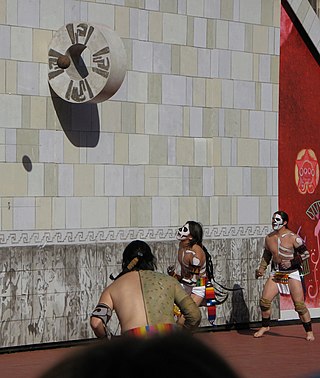
Mesoamerican ballgame, Ollamaliztli, was a sport with ritual associations played since at least 1650 BC by the pre-Columbian people of Ancient Mesoamerica. The sport had different versions in different places during the millennia, and a modernized version of the game, ulama, is still played by the indigenous populations in some places.

Dodgeball is a team sport in which players on two opposing teams try to throw balls and hit opponents while avoiding being hit themselves. The objective of each team is to eliminate all members of the opposing team by hitting them with thrown balls, catching a ball thrown by an opponent, or inducing an opponent to commit a violation, such as stepping outside the court.
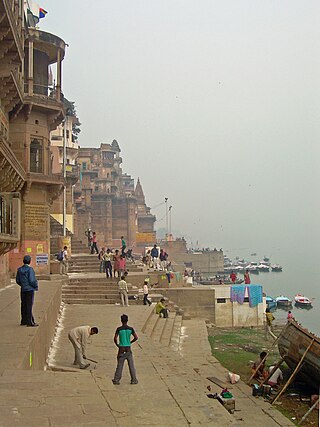
Gilli Danda is an ancient sport originating from South Asia, which is still widely played throughout South Asia. The sport is also found as far north as the Mediterranean and as far east as South East Asia. It was a precusor to cricket in India.

Basque pelota is the name for a variety of court sports played with a ball using one's hand, a racket, a wooden bat or a basket, against a wall or, more traditionally, with two teams face to face separated by a line on the ground or a net. The roots of this class of games can be traced to the Greek and other ancient cultures.

Gaelic handball is a sport where players hit a ball with a hand or fist against a wall in such a way as to make a shot the opposition cannot return, and that may be played with two (singles) or four players (doubles). The sport, popular in Ireland, is similar to American handball, Welsh handball, fives, Basque pelota, Valencian frontó, and more remotely to racquetball or squash. It is one of the four Gaelic games organised by the Gaelic Athletic Association (GAA). GAA Handball, a subsidiary organisation of the GAA, governs and promotes the sport.

Basque rural sports, known as Deportes Rurales in Spanish or Herri Kirolak in Basque, is the term used for a number of sports competitions rooted in the traditional lifestyles of the Basque people. The term force basque is used in French.
Traditional Filipino games or indigenous games in the Philippines are games that are played across multiple generations, usually using native materials or instruments. In the Philippines, due to limited resources for toys, children usually invent games that do not require anything but players. There are different kinds of Filipino traditional games which are well-suited for kids, and the games also stand as one of the different cultural and traditional games of the Philippines. Due to the variety of skills used in these games, they serve an important purpose in the physical and mental development of Filipino children. These games are also an important part of Filipino culture.
The International game is a ball game that is related to many sports derived from and similar to Jeu de paume. It is played in the Handball International Championships by teams from the Americas and Europe.
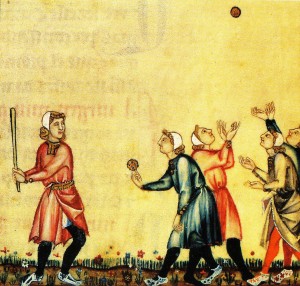
Bat-and-ball games are field games played by two opposing teams. Action starts when the defending team throws a ball at a dedicated player of the attacking team, who tries to hit it with a bat and run between various safe areas in the field to score runs (points). The defending team can use the ball in various ways against the attacking team's players to force them off the field when they are not in safe zones, and thus prevent them from further scoring. The best known modern bat-and-ball games are cricket and baseball, with common roots in the 18th-century games played in England.
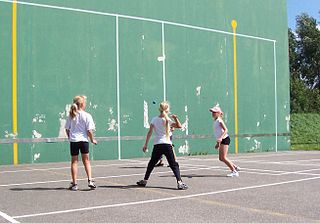
One-wall handball, also known as 1-wall, wallball or international fronton, is an indirect style of a ball game where the player hits a small rubber ball with their hand against a wall. The goal of the game is to score more points than the opponent. The player then hits the ball, and the ball bounces off the wall and the floor within court lines, if the opponent fails to return the ball, the player scores a point. The sport was created to bring together varieties, such as American handball, Basque pelota, Patball, Gaelic handball, Pêl-Law and Valencian frontó.

Pelota mixteca is a team sport similar to a net-less tennis game. The players wear sturdy, elaborately decorated gloves affixed to a heavy flat striking surface, using them to strike a small solid ball. The game has roots extending back hundreds, or perhaps thousands, of years.
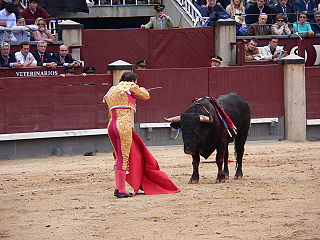
Bullfighting is a physical contest that involves a bullfighter attempting to subdue, immobilize, or kill a bull, usually according to a set of rules, guidelines, or cultural expectations.
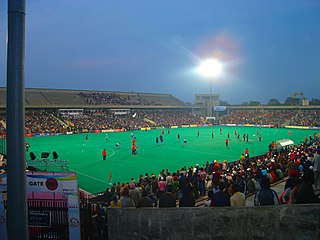
Punjabis play a wide variety of sports and games, ranging from modern games such as hockey and cricket, to the more traditional games such as Kabaddi, Kushtian (wrestling) and Khuddo khoondi. There are over 100 traditional games and sports of Punjab.

Bengali traditional games are traditional games that are played in rural parts of the historical region of Bengal. These games are typically played outside with limited resources. Many games have similarities to other traditional South Asian games.

India has several traditional games and sports, some of which have been played for thousands of years. Their popularity has greatly declined in the modern era, with Western sports having overtaken them during the British Raj, and the Indian government now making some efforts to revive them. Many of these games do not require much equipment or playing space. Some of them are only played in certain regions of India, or may be known by different names and played under different rules and regulations in different regions of the country. Many Indian games are also similar to other traditional South Asian games.
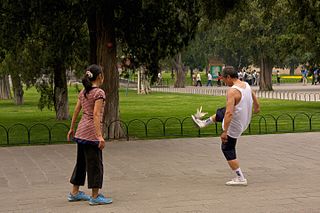
China has many traditional games, sports, and physical activities.
Venezuela has some traditional games and activities, though many are fading away because of foreign influences.
References
- ↑ "10 traditional Mexican games with rules and instructions". FYI. Retrieved 2022-11-27.
- ↑ "Bullfighting in Mexico - Mexican Bullfighting - don Quijote". www.donquijote.org. Retrieved 2022-11-27.
- ↑ "UNESCO - Intangible Heritage Home". ich.unesco.org. Retrieved 2022-11-27.
- ↑ Taladoire, Eric (2003). "COULD WE SPEAK OF THE SUPER BOWL AT FLUSHING MEADOWS?: La pelota mixteca, a third pre-Hispanic ballgame, and its possible architectural context". Ancient Mesoamerica. 14 (2): 319–342. doi:10.1017/S0956536103132142. ISSN 1469-1787. S2CID 162558994.
- ↑ "Mexico revives ancient games - USATODAY.com". usatoday30.usatoday.com. Retrieved 2022-11-27.
- ↑ "Juegos Tradicionales Mayas". Yucatan Today (in European Spanish). 2021-05-07. Retrieved 2022-11-27.